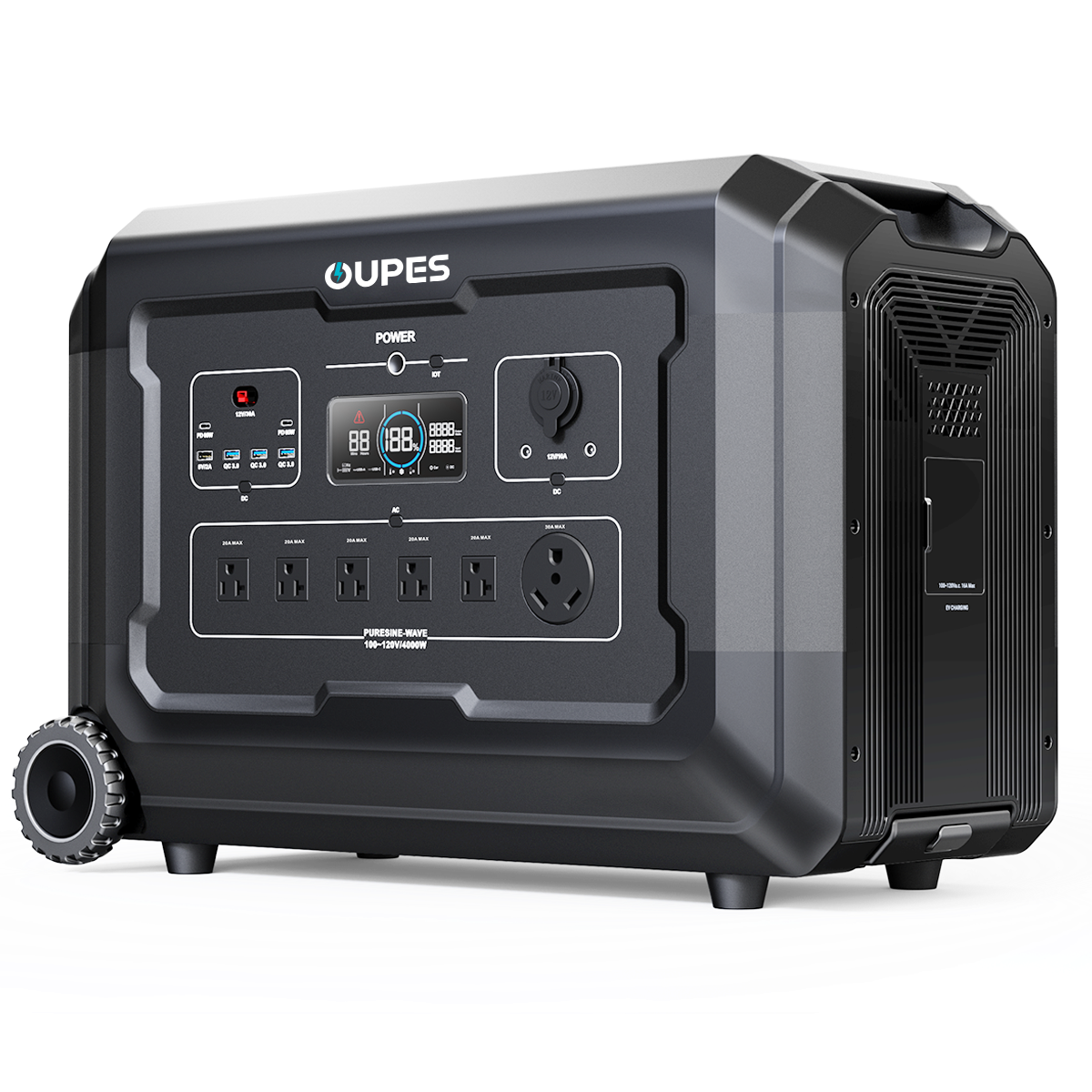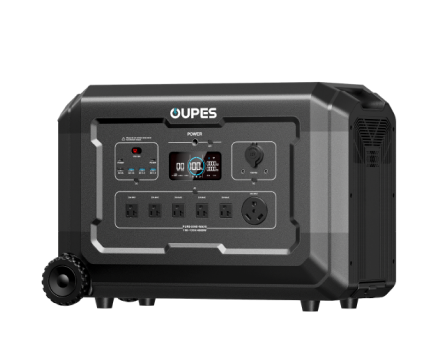
Hurricane season can be unpredictable, and having a comprehensive preparedness plan is essential to keep your family safe. From securing your home to ensuring uninterrupted access to electricity, preparation can make the difference between comfort and chaos. Understanding the full scope of what a preparedness plan entails is the first step in staying ahead of dangerous weather events.
In this guide, we??ll explore the key components of completing a hurricane preparedness plan. By covering emergency supplies, energy backup solutions, and practical strategies for maintaining safety, you??ll be better equipped to weather any storm. Whether you live in a high-risk area or are planning for peace of mind, this article will walk you through essential measures to make your plan comprehensive and effective.
Assessing Your Home and Securing Your Property
Before a hurricane hits, it??s critical to assess your home and determine how well it can withstand strong winds and flooding. Start by inspecting the structural integrity of your property, including the roof, windows, doors, and foundation. Reinforcing these areas with storm shutters, hurricane clips, and sealants can significantly reduce the risk of damage.
Clearing your yard of loose items, such as patio furniture, potted plants, and debris, is another essential step. These objects can become dangerous projectiles during high winds, posing a risk to your home and neighbors. Additionally, consider trimming trees and removing weak branches that may fall and cause damage during the storm.
Flood prevention is equally important. Install flood barriers or sandbags around vulnerable entry points like doors and windows, especially if you live in a low-lying area. Check your drainage system to ensure water can flow away from the house effectively. Inspect sump pumps and drains, and make sure backup systems are functional to prevent water accumulation that could lead to serious damage.
Finally, ensure your home insurance and hurricane coverage are up-to-date. Documenting your property with photos or video before the season starts can simplify any potential claims. A well-prepared home is the foundation of a successful hurricane preparedness plan, minimizing damage and giving you peace of mind.
Essential Emergency Supplies and Food Storage
A hurricane preparedness plan is incomplete without a robust supply of essentials. Start with non-perishable food and clean drinking water. The general recommendation is to store at least a three-day supply of food and one gallon of water per person per day, though a week or more is ideal. Consider items that require little or no cooking, such as canned goods, dried fruits, and ready-to-eat meals.
In addition to food and water, stock up on essential emergency items, including flashlights, batteries, first aid kits, portable radios, and multi-purpose tools. Personal hygiene items, medications, and baby supplies (if applicable) should also be included. These supplies will ensure you can maintain basic health and safety during prolonged outages.
Special attention should be given to food preservation during power outages. Portable power stations, such as those from OUPES, can help keep refrigerators and freezers running long enough to prevent spoilage. Ice packs and coolers are also valuable for temporary storage, allowing you to rotate food as needed until power is restored.
Organizing your emergency supplies in clearly labeled containers or kits improves accessibility during stressful situations. Consider having separate kits for different areas, such as the kitchen, bedrooms, and vehicles, ensuring that essential items are always within reach. Proper preparation in advance allows you to remain calm and focused during a hurricane, reducing stress and potential hazards.
Maintaining Power and Communications During an Outage
One of the most challenging aspects of a hurricane is losing power and communications. Backup energy solutions are crucial for staying connected and ensuring essential devices remain operational. Portable solar generators and power stations, like those offered by OUPES, provide reliable electricity to power lights, phones, medical equipment, and even small appliances during outages.
When selecting a portable power station, consider capacity, output ports, and compatibility with your devices. Solar panels can recharge the battery during the day, providing a renewable and sustainable energy source. For extended outages, having multiple power stations or a hybrid system can ensure continuous power supply.
In addition to energy, communication is key. Keep fully charged mobile devices and consider a battery-powered or hand-crank radio for receiving weather updates. Text messaging is often more reliable than calls during emergencies, and having a contact list of family members, neighbors, and local emergency services ensures quick communication when needed.
Planning for power and communications goes beyond just having the devices. Establish a routine to monitor battery levels, charge devices when possible, and minimize unnecessary usage. Being proactive ensures that you remain informed and connected, even if the main electrical grid goes down for an extended period.
Evacuation Planning and Safe Shelter Options
A hurricane preparedness plan must include a clear evacuation strategy. Identify evacuation routes and safe shelters in your area. Local authorities often provide maps and recommendations for the safest paths and facilities. Practice your route in advance to minimize confusion during a real emergency.
Determine whether you will evacuate to a public shelter, a hotel, or the home of friends or family outside the danger zone. Prepare a ??go-bag?? with essential items, including identification, cash, medications, clothing, and emergency supplies. Having this ready in advance ensures a swift and organized departure if evacuation becomes necessary.
For those choosing to stay home, identify safe rooms or interior spaces away from windows and exterior walls. Reinforce these areas with additional protections if possible. Keep emergency supplies, power sources, and communication devices in this designated safe space. Continuous monitoring of weather updates is critical to knowing when it is safe to remain or if evacuation is required.
Additionally, make plans for pets, children, and elderly family members. Their safety is paramount, and accommodations such as portable pet carriers, additional supplies, or mobility aids should be included in your evacuation strategy. Thoughtful planning ensures that everyone is accounted for and increases the likelihood of a safe outcome during a hurricane.
Community Coordination and Final Checks
Completing your hurricane preparedness plan involves more than just individual readiness??it includes community coordination. Check in with neighbors, especially those who may need additional assistance, such as the elderly or disabled. Share information, resources, and strategies to help everyone stay safe. Communities that coordinate effectively often experience less damage and quicker recovery.
Perform final checks as hurricane season approaches. Review your emergency supplies, inspect your home, test backup power systems, and confirm evacuation plans. Double-check communication devices and emergency contacts. This final assessment ensures that nothing is overlooked and that your plan is fully operational.
Document your plan in writing and share it with household members. Include maps, contact lists, supply inventories, and procedures for different scenarios. Rehearse the plan periodically so everyone knows their responsibilities. A well-documented and practiced plan minimizes panic and confusion during the actual hurricane event.
By taking these steps, you can ensure that your hurricane preparedness plan is complete, effective, and capable of protecting both your household and your community. Being proactive today reduces risks tomorrow and provides peace of mind during the uncertainty of hurricane season.
In conclusion, completing a hurricane preparedness plan requires careful attention to multiple factors: securing your home, maintaining emergency supplies, ensuring backup power, planning evacuations, and coordinating with neighbors. Each element contributes to a safer, more resilient response to severe weather.
With proper planning, tools like OUPES portable power stations, and a proactive mindset, you can face hurricane season with confidence, knowing that your family and property are well-protected. Preparedness is not just about surviving the storm??it??s about ensuring comfort, safety, and continuity during one of nature??s most powerful events.




























